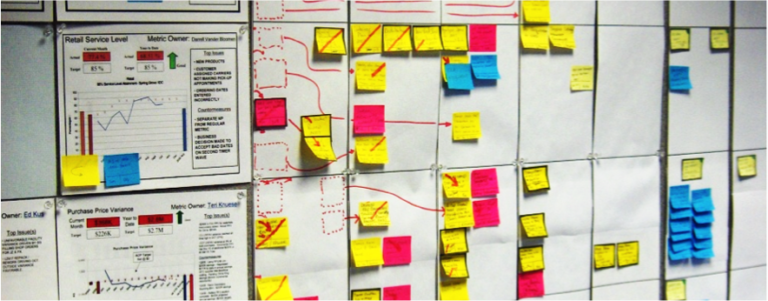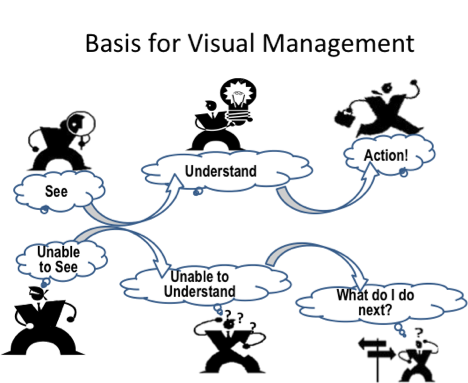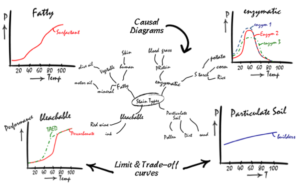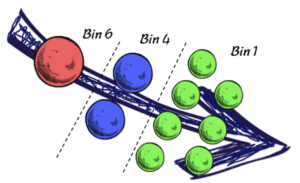Visual Management
One of the greatest challenges of a development organization involves managing the dynamics of the ever-changing work environment. As issues arise and new discoveries require attention, it can be difficult to know where the bottlenecks are and what issues need to be addressed.

Visual Management to manage a dynamic work environment
Visual management operates from the principle that seeing leads to understanding, and understanding leads to the appropriate action. On the other hand, an inability to see, results in the inability to understand. In turn, lack of understanding leads to not knowing what to do and working on the wrong things.

Visual Management creates a mechanism within the development organization for a complete understanding related to the development efforts of the product portfolio. Visual management enables effective management of the work dynamics through metrics and visual depiction of project progress. It provides for the effective escalation of issues and integrates established helpchains for timely resolution of issues. Visual management supports set-based development principles through a constant focus on the next integration event and ensuring the entire organization is focused on delivering for the event. As new learning evolves, resources can adjust dynamically to ensure the right effort is focused in the appropriate areas to maximize the benefit of the overall portfolio.
Visual management enables a shift from railroad planning - predetermined schedules developed by a master scheduler, to combat planning – schedules dynamically adjusted by everyone involved reacting to changing conditions to deliver a common goal.
Questions to Consider:
-
How are project plans developed? By an individual? Collaboratively?
-
Who does the scheduling of work?
-
How are issues escalated?
-
Is there a set protocol for addressing issues?
-
What is the 'Helpchain' for issues?
-
What does 'RED' mean and what reaction does it elicit?


